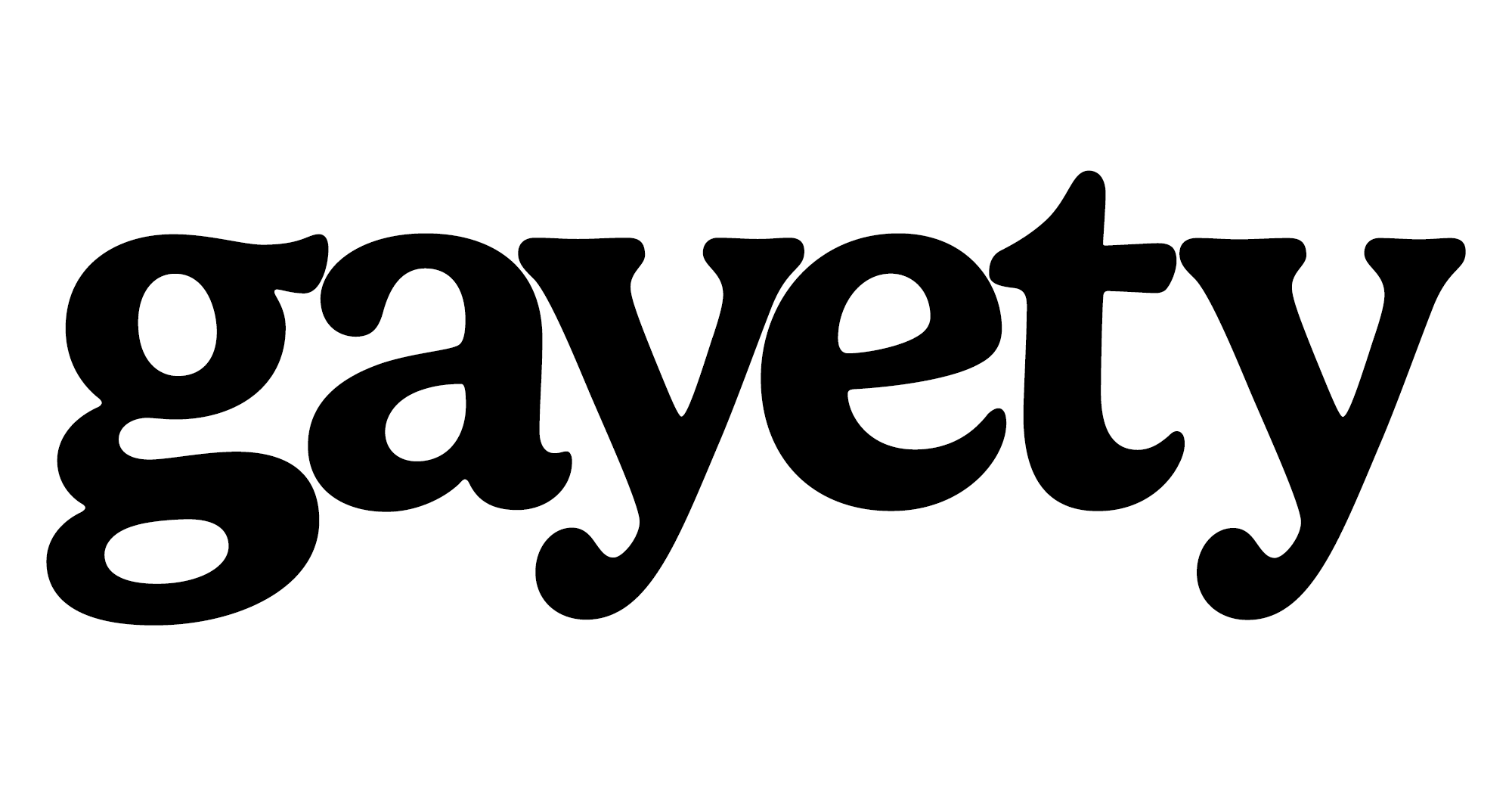The Meaning And History Behind The Demiromantic Flag
As with sexual orientation, people can identify with different kinds of romantic orientation, too. Romantic attraction exists on a spectrum. This means that people can experience romantic feelings a little bit, a lot, or even none at all. Demiromantic refers to people who only experience romantic attraction after they’ve formed a close relationship with someone.
In this post, you’ll learn about the unique flag that represents demiromanticism and the significance of the design of the demiromantic flag.
RELATED: 22 Pride Flags You Should Know If You’re LGBTQ
What Is Demiromanticism?
Demiromanticism describes people who can only feel romantic feelings for someone only after they’ve formed a strong emotional bond with them. This identity falls on the aromantic spectrum.
The term “demiromantic” was allegedly coined in 2008 by the Asexual Visibility and Education Network (AVEN). In Old French, the word “demi” means “half”. Demiromanticism, then, is the halfway point between aromanticism (the complete absence of romantic attraction) and alloromanticism (the ability to experience romantic feelings).
Demisexuality falls under the grayromantic umbrella. However, not all grayromantics identify as demiromantic. Grayromantics infrequently experience romantic attraction, but they may not necessarily need a significant emotional bond to experience romantic feelings. That said, for people who identify with demiromanticism, experiencing romantic feelings can be a rare occurrence.
According to Courtney D’Allaird, the Assistant Director of the Gender and Sexuality Resource Center at the University of Albany, “The big difference is that for someone who is demiromantic, their romantic attraction doesn’t come and go with different people…It’s an actual absence of any romantic feeling until they get deeply mentally connected to a partner.”
The Split Attraction Model
The Split Attraction Model is a framework that helps us understand how sexual attraction may be different from romantic attraction. While SAM is huge for aromantic and asexual folks, it can be applied to any romantic or sexual orientation.
Typically, people’s sexual and romantic attractions align with one another. For example, many bisexuals are also biromantic, meaning that they experience both romantic and sexual attraction to more than one gender.
However, a person’s sexual identity and romantic attraction are not exclusively linked. Someone who is demiromantic may experience sexual attraction regardless of their relationship with the person or even be completely asexual.

What Is The Origin Of The Demiromantic Flag?
The demiromantic flag was created by Tumblr user @QueerAsCat. It was first posted on March 9, 2015, as part of a collection of romantic orientation flags.
Demiromantic Flag Colors And Symbols
The demiromantic flag features three horizontal stripes of differing thicknesses in white, green, and gray, plus a black chevron on the left side.
The demiromantic flag’s meaning is contested, but according to the Gender and Sexuality Resource Center at the University of Northern Colorado, the black chevron symbolizes the entire spectrum of sexuality. The white stripe can represent multiple things, such as queer/quasi-platonic relationships and platonic/aesthetic attraction. Meanwhile, the gray stripe stands for the gray-romantic spectrum. Finally, the green stripe represents the entire aromantic spectrum.
RELATED | What Does It Mean To Be Aroace?
How Many Versions Of The Demiromantic Flag Exist?
The demiromantic flag has five known versions, including its current and widely-known version. Below is a breakdown of each.
Lithromantic Version
An alternate version of the demiromantic flag still features a black chevron in the same position but with four evenly-sized stripes in green, light green, yellow, and gray.
Much like the current version of the demiromantic flag, the gray stripe stands for the gray-romantic spectrum and the shades of green represent the aromantic spectrum. The yellow stripe stands for lithromanticism, which describes romantic attraction without the need or desire for reciprocation.
View this post on Instagram
Five-Striped Version
Another alternate and lesser-known version of the demiromantic flag has five horizontal stripes that retain its signature green, black, white, and gray color palette.
Green And Pink Version
More recently, a Tiktok user named @FlamingoLover24 was credited for creating a version of the demiromantic flag with five horizontal stripes: two pink and three green stripes.
Green Chevron Version
An uncredited version of the demiromantic flag features a green chevron instead of a black one. This flag contains white, green, and gray horizontal stripes.
Conclusion
Many people can experience romantic attraction rather quickly, but some people (i.e., demiromantics) need to form a close emotional bond first – the demiromantic flag represents this identity.


